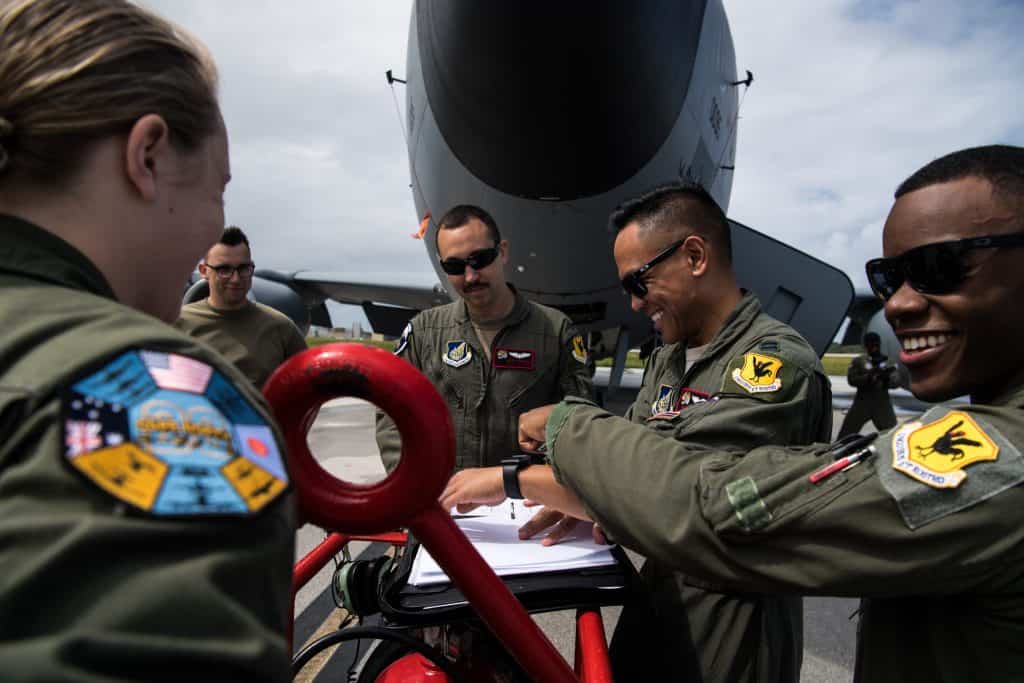UPT Requirements

If you are considering being a pilot in the Air National Guard or Air Force Reserve and you aren’t coming from within the active duty ranks, then you are probably trying to figure out how to get hired by a unit and into Undergraduate Pilot Training (UPT). Before you can even consider applying to a reserve unit, you’ll need to understand the requirements for UPT and the process that will get you from where you are now to actually earning your wings. Knowing something about the process on the front end of your job search will make you an educated consumer, so to speak; you’ll be able to zero in on the right questions to ask your recruiter and you’ll be able to demonstrate that you’re a proactive person when you meet the hiring board.
Now, on to the UPT requirements!
First and foremost, you must be eligible to attend Officer Training School (OTS):
Since all pilots in the U.S. Air Force are officers, you have to meet the minimum qualifications to go to OTS. Going to OTS and becoming an officer is the first step you’ll take on your path to becoming a pilot in the Air Force Reserve. You probably have the U.S. citizen requirement already handled, but you’ll also need a bachelor’s degree. If you don’t have one of those yet, make sure you get one. Any degree will do, just make sure you get one. Once you know that you are qualified, it is time to start applying to units that interest you, or you can reach out to your local Air Force Reserve Recruiter. Remember—BogiDope has a comprehensive list of open Air National Guard and Reserve jobs and a handy unit locator map that makes doing your homework easy.
You might be ineligible for UPT if…
Obviously, if you sell, do, or are in anyway associated with illegal drugs, that is a non-starter. A person who was previously awarded a UPT slot and chose not to take it is also ineligible for another shot at UPT. If for some reason you have ever been disqualified from aviation service by any branch of the U.S. military, or if you were eliminated from military flight training, that also makes you ineligible for UPT. There are a few exceptions: If you left pilot training due to a military deficiency, your drop was self-initiated, or if at the time that you left you had been recommended for further training by the Air Education and Training Command, you might still be able to qualify to go to UPT.
Make sure you are medically qualified
To be a pilot in the Air Force Reserve, you’ll have to pass the Flying Class 1 and Medical Flight Screening exams at Wright-Patterson AFB in Dayton, OH. There is a long list of things that they’ll check, so if you have any specific concerns reach out to your prospective unit, your recruiter, or solicit advice from one of the BogiDope consultants.
Age and service requirements
You must attain your UPT position before your 33rd birthday; so if you’re getting into your upper twenties, get moving! If you are a non-rated commissioned officer already, you shouldn’t delay applying for UPT either—you’ll become ineligible for UPT after your eighth year of service. Waivers to the age and service limits do exist, but they are rare. To get a waiver, you’ll have to able to show that within the past two years there was an administrative, counseling, or medical error made by the Air Force that delayed your application to UPT.
Testing requirements







